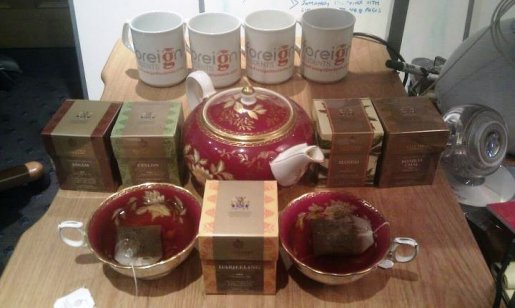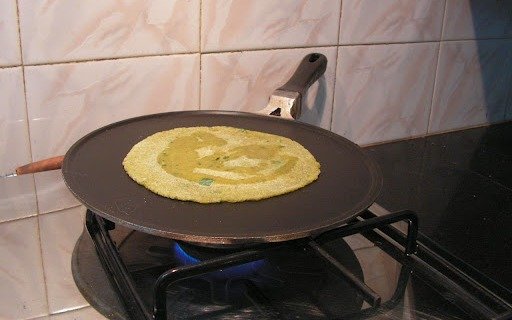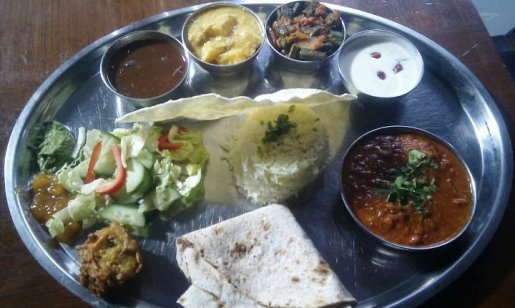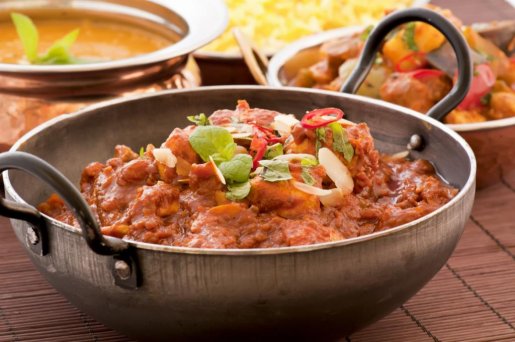As everyone knows, us Brits love our Tea! But it is the Indians who are second to China in terms of production and consumption. Approximately 4% of India's national income is derived from its Tea Estates.
In India, tea is very popular with a lot of milk and together with or without spices (If you've yet to try one, ask for a ‘Masala Chai' the next time you are in your local Indian restaurant).
For India Week, we will be trying a different blend of Indian Tea every day of the week. First up, is Darjeeling.
Darjeeling: The Champagne of Teas
Now, first things first: we are not tea experts or connoisseurs. So if you are expecting nuanced descriptions of the intricate flavours, then chances are you'll be disappointed. However, if you want an overview of the general flavour as well as a little bit of information about Indian teas then you're in the right place. Right, that out of the way, let's get on with it.
On the packet it claims that Darjeeling is the champagne of teas. There is no justification for this claim, but the light, delicate yet distinctive flavour makes you understand why (kind of). You can get black, white and oolong (a different type with a unique drying process) Darjeeling, but we opted for the black variety.













